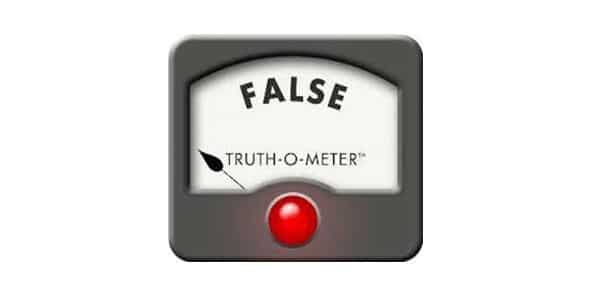Is it Possible to Get a False Negative Dix-Hallpike for BPPV?
This is a subject I have covered before, but two recent studies call for a little review. I have been preaching for years that a negative Dix-Hallpike exam does not rule out BPPV.
In a patient with an otherwise normal exam and symptoms suggestive of BPPV, a negative Dix-Hallpike should not even lower your suspicion very much. For more previously posted background on this topic, click here.
A recent 2015 study out China reports that 26% of suspected BPPV patients had a negative Dix=Hallpike on initial exam. Of that group, 48% had a positive Dix-Hallpike on a follow up visit, with the majority identified within 10 days of the initial negative exam.
This is very similar to my findings from 2002 when we found that 40% of suspected BPPV patients with negative Dix-Hallpike exams had a positive exam on follow up.
The second study is confusing to me. This is also from a group in China. They report a negative Dix-Hallpike exam in approximately 20% a small group of patients suspected of having BPPV. They did something I would not have considered. They did a headshake maneuver, then repeated the Dix-Hallpike exam. They report that 11 of 13 patients had a positive exam after the headshake maneuver.
My first reaction is that this is a very small study and has not been reproduced, so I am a bit skeptical of the findings. My second thought is, maybe they are on to something.
Repeating Dix-Hallpike
My thought process in 2002 in having people return for a repeat Dix-Hallpike was that they were likely fatigued, meaning that any particles in the posterior canal were scattered throughout the fluid in the canal, and not sufficiently settled together to trigger an episode. The idea was that by having them keep their head still for a few hours prior to exam, we increased the chances of a positive exam in a BPPV patient. I still believe that.
Apparently, the Chinese researchers had a different opinion. My assumption (possibly incorrect) is that they must have thought that any particles in the canal must be “stuck” and performing headshake would loosen them.
If their results of converting a negative Dix-Hallpike into a positive Dix-Hallpike by performing headshake maneuvers can be reproduced, it would change my thinking on BPPV.
*Photo courtesy of newsbusters.com







Very interesting observation. Just now I am finishing my BPPV book and found this dilemma. I will try to do some investigations because we have many BPPV patients. Your design of study was: Dix negat.–10 days repeat, and Chinese design was the same but they perform HS before 2nd Dix after 10 days?? Have you some new cognition or opinion from the May 2016.?